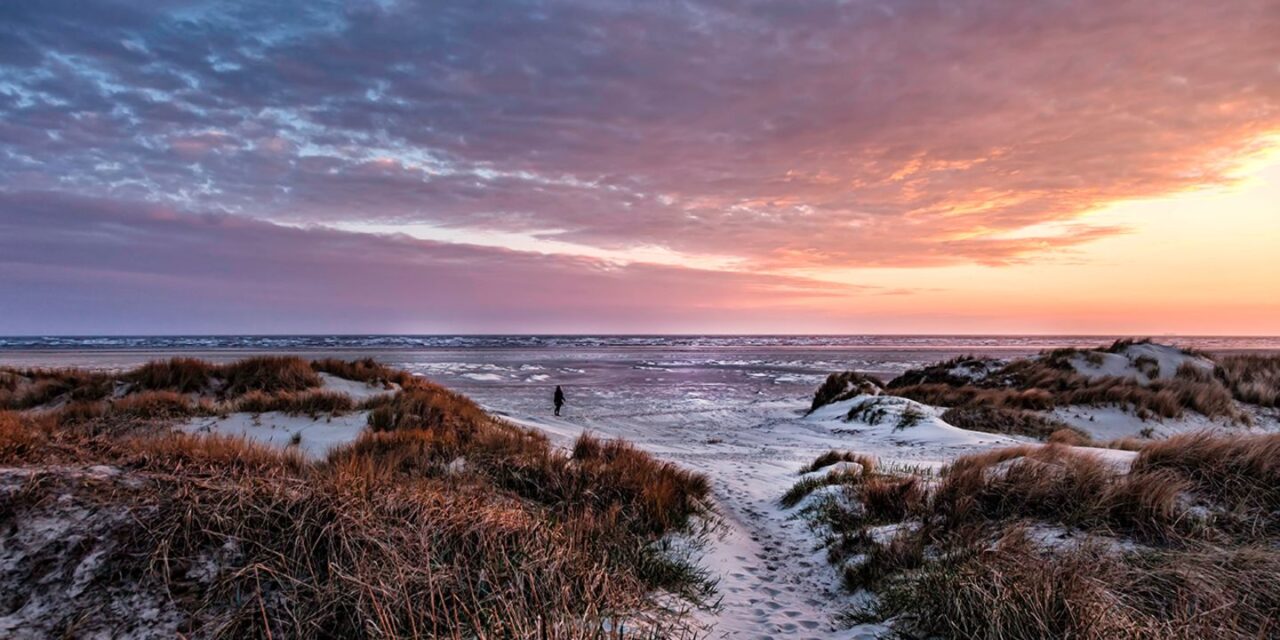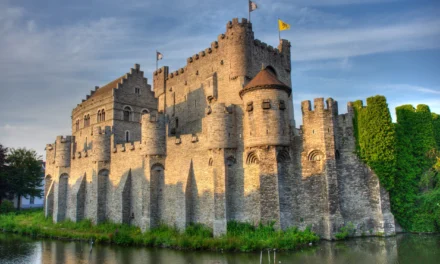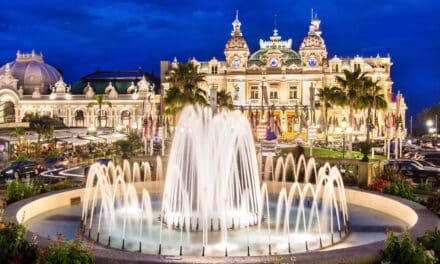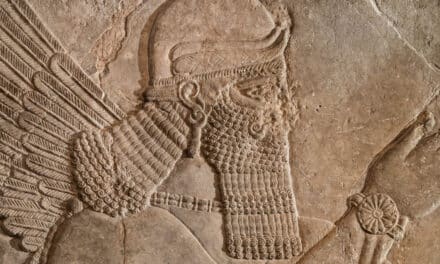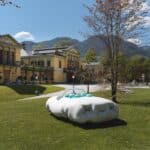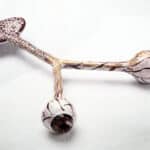Vadehavet National Park is world-class Danish nature. Its fauna is spectacular and the area's importance extends far beyond Denmark's borders. The national park preserves the Wadden Sea's many resources and makes it easier for visitors to experience them.
Vadehavet National Park is the largest national park in Denmark. It stretches from the Danish-German border to Blåvandshuk and covers 1,459 km². Of this, 300 km² are land areas. The national park includes marine areas with low water levels, mudflats, sandbanks, barrier islands, tidal channels, dunes, marshes and beach meadows. It covers four municipalities: Tønder, Esbjerg, Fanø and Varde.
The Wadden Sea is a unique marshland and tidal area of international importance. Nature is in a constant state of flux here, as the tides and waves change the landscape day by day. The tides cause an enormous abundance of worms, snails, mussels and crustaceans in the large expanses of water, which dry up about twice a day. This in turn is of crucial importance for the millions of migratory birds that visit the Wadden Sea every spring and fall to feed and rest on their long journey.
The marsh is also an important larder, especially for geese and ducks. At the same time, the Wadden Sea is of great importance as a breeding ground for birds and a reproduction area for seals, as well as a habitat for young fish. But the Wadden Sea is not only synonymous with a unique natural environment with many animal and plant species, it is also of great cultural and historical interest due to land reclamation and dyke construction, among other things. All these values led to the Wadden Sea being declared a national park in Denmark in 2010.
In 2014, UNESCO declared around 80% of the Vadehavet National Park a World Heritage Site due to its unique and universal value. This means that the entire tidal area along the coast of Denmark, Germany and the Netherlands has World Heritage status.
Vadehavet National Park was inaugurated on October 16, 2010 as Denmark's third and largest national park.
In its justification for designating the Wadden Sea as a national park, the Ministry of the Environment emphasized, among other things, that the area is a unique marshland and tidal area of international importance with a particularly dynamic landscape and ecosystem whose significance extends far beyond the country's borders. It is a vital resting area for millions of migratory birds, a breeding area for birds and a nursery area for fish and marine mammals. With land reclamation and dyke construction, among other things, it is a culturally and historically significant area.

